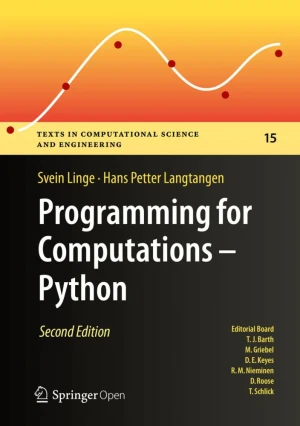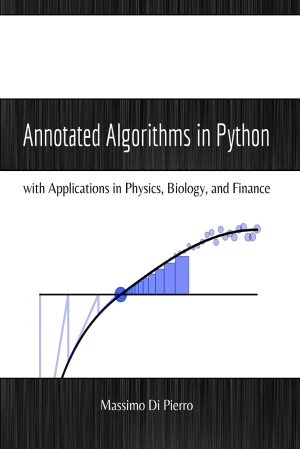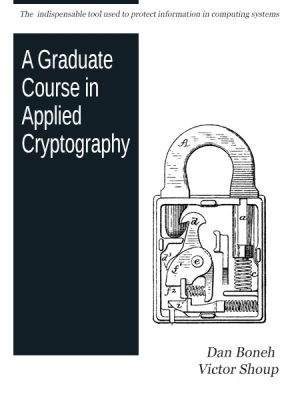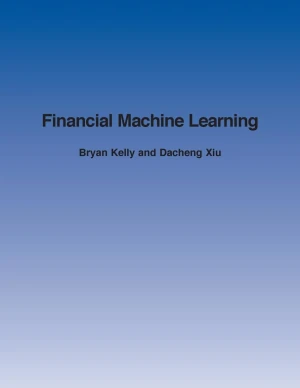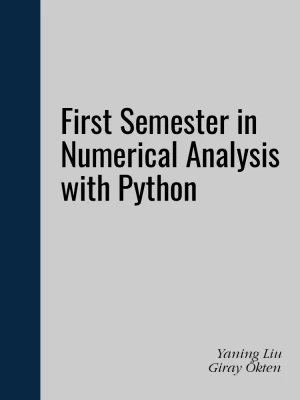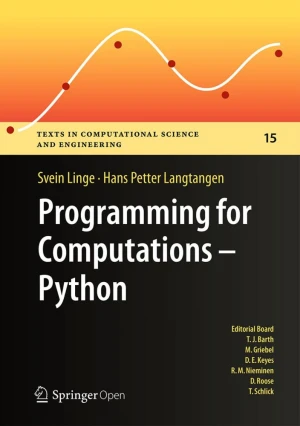Financial Numerical Recipes in C++
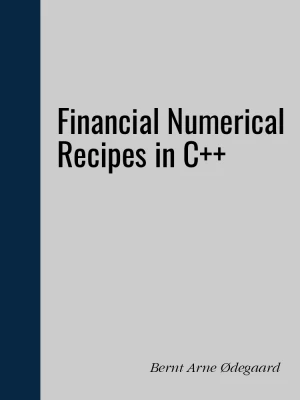
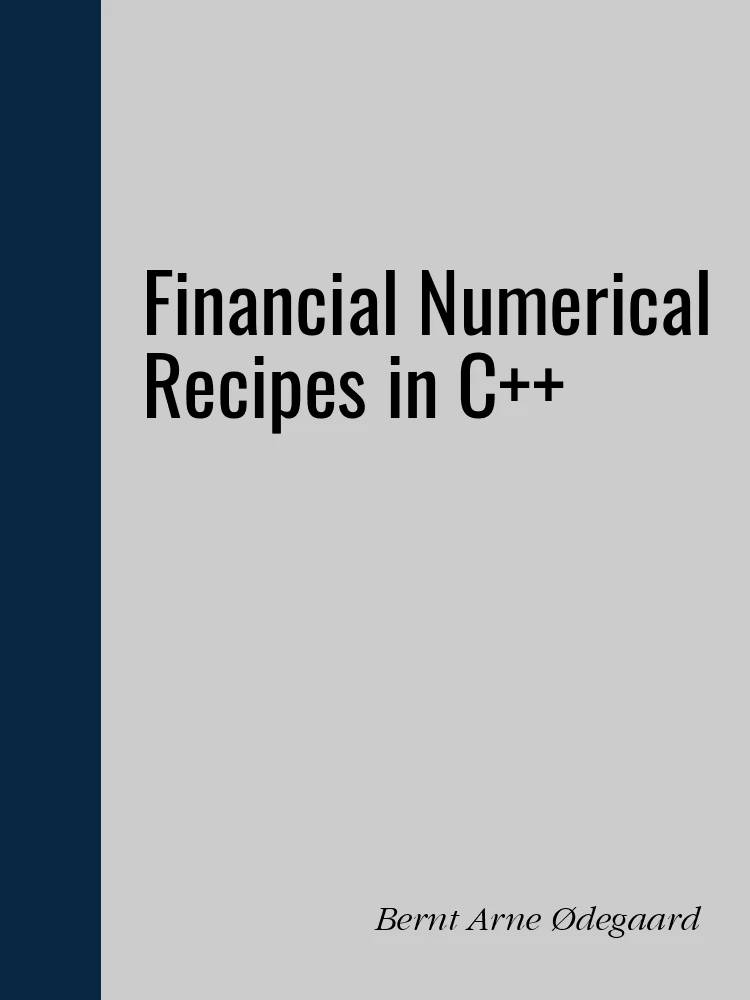
Book Details
| Author | Bernt Arne Ødegaard |
| Published | 2014 |
| Edition | 1st |
| Paperback | 264 pages |
| Language | English |
| ISBN-13 | 5123605814214 |
| ISBN-10 | |
| License | Open Access |
Book Description
This book is a discussion of the calculation of specific formulas in finance. The field of finance has seen a rapid development in recent years, with increasing mathematical sophistication. While the formalization of the field can be traced back to the work of Markowitz (1952) on investors mean-variance decisions and Modigliani and Miller (1958) on the capital structure problem, it was the solution for the price of a call option by Black and Scholes (1973); Merton (1973) which really was the starting point for the mathematicalization of finance. The fields of derivatives and fixed income have since then been the main fields where complicated formulas are used. The author intends this book to be of use for people who want to both understand and use these formulas, which explains why most of the algorithms presented later are derivatives prices.
This project started when the author was teaching a course in derivatives at the University of British Columbia, in the course of which he sat down and wrote code for calculating the formulas he was teaching. He has always found that implementation helps understanding these things. For teaching such complicated material it is often useful to actually look at the implementation of how the calculation is done in practice. The purpose of the book is therefore primarily pedagogical, although the author believes all the routines presented are correct and reasonably efficient, and he knows they are also used by people to price real options.
To implement the algorithms in a computer language the author chose C++. His students keep asking why anybody would want to use such a backwoods computer language, they think a spreadsheet can solve all the worlds problems. The author has some experience with alternative systems for computing, and no matter what, in the end you end up being frustrated with higher end "languages", such as Matlab or R (Not to mention the straitjacket which is a spreadsheet.) and going back to implementation in a standard language. In the author's experience with empirical finance he has come to realize that nothing beats knowledge of a real computer language. This used to be FORTRAN, then C, and now it is C++. All example algorithms are therefore coded in C++. The author does acknowledge that matrix tools like Matlab are very good for rapid prototyping and compact calculations, and will in addition to C++ in places also illustrate the use of Matlab, as well as other (public domain) tools.
This book is published as open-access, which means it is freely available to read, download, and share without restrictions.
If you enjoyed the book and would like to support the author, you can purchase a printed copy (hardcover or paperback) from official retailers.
Download and Read Links
Share this Book
[localhost]# find . -name "*Similar_Books*"
Programming for Computations - Python, 2nd Edition
This book presents computer programming as a key method for solving mathematical problems. This second edition of the well-received book has been extensively revised: All code is now written in Python version 3.6 (no longer version 2.7). In addition, the two first chapters of the previous edition have been extended and split up into five new chapte
Annotated Algorithms in Python, 2nd Edition
This open book is assembled from lectures given by the author over a period of 10 years at the School of Computing of DePaul University. The lectures cover multiple classes, including Analysis and Design of Algorithms, Scientific Computing, Monte Carlo Simulations, and Parallel Algorithms. These lectures teach the core knowledge required by any sci
A Graduate Course in Applied Cryptography
Cryptography is an indispensable tool used to protect information in computing systems. It is used everywhere and by billions of people worldwide on a daily basis. It is used to protect data at rest and data in motion. Cryptographic systems are an integral part of standard protocols, most notably the Transport Layer Security (TLS) protocol, making
Financial Machine Learning
Financial Machine Learning surveys the nascent literature on machine learning in the study of financial markets. The authors highlight the best examples of what this line of research has to offer and recommend promising directions for future research. This survey is designed for both financial economists interested in grasping machine learning tool
First Semester in Numerical Analysis with Python
This book is based on "First semester in Numerical Analysis with Julia". The contents of the original book are retained, while all the algorithms are implemented in Python (Version 3.8.0). The authors present Python as an open source (under OSI), interpreted, general-purpose programming language that has a large number of users around the world. Th
Programming for Computations - Python
This book presents computer programming as a key method for solving mathematical problems. There are two versions of the book, one for MATLAB and one for Python. The book was inspired by the Springer book TCSE 6: A Primer on Scientific Programming with Python (by Langtangen), but the style is more accessible and concise, in keeping with the needs o

